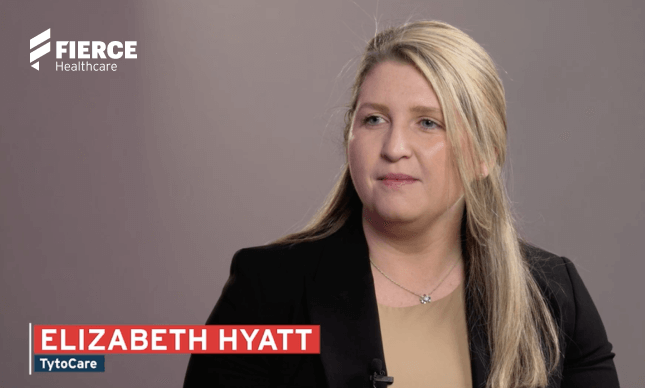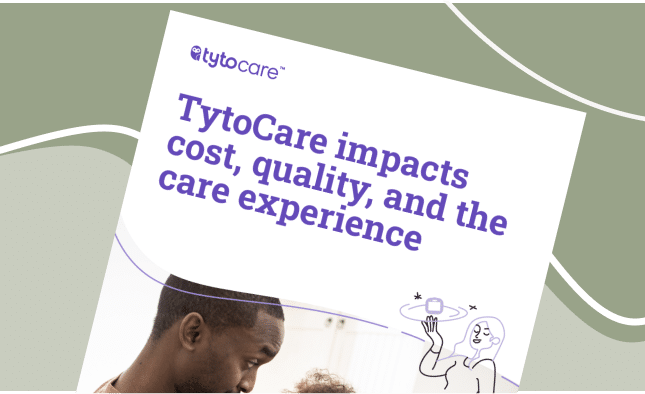Virtual roundtable: How hybrid models transform value-based care
Value-based care has revolutionized the healthcare landscape. What are its implications on your engagement strategy? How can you leverage hybrid models to maximize success?
Speakers

Tracy Rico
Director of Virtual Care Services


Erika Pabo
VP Transformation & Central Operations


Donna O’Shea
VP of Population Health and Value-Based Care


Elizabeth Hyatt
Director of Payer
Solutions

This session was a live recording of the Bright Spots in Healthcare podcast. The discussion focused on how hybrid models are transforming value-based care, the importance of meeting patients where they are, and the potential of virtual care to improve access and outcomes in healthcare.
Key insights:
- Hybrid models of care, which combine in-person and virtual care, can enhance access to healthcare, improve patient outcomes, and potentially reduce costs.
- Ensuring continuity of care in a virtual setting requires effective communication and data sharing between providers.
- Hybrid care programs can have a significant impact on underserved populations by improving access to care and reducing healthcare disparities.
- Hybrid care can potentially improve star ratings for Medicare Advantage members by enhancing patient experience and care quality.
- Meeting patients where they are, both physically and in terms of their healthcare needs, is crucial for the success of hybrid care models.
Adoption of hybrid models is crucial in transforming value-based care
Healthcare has to be 24/7 and that it has to include primary care.

Donna O’Shea
VP of Population Health and Value-Based Care



